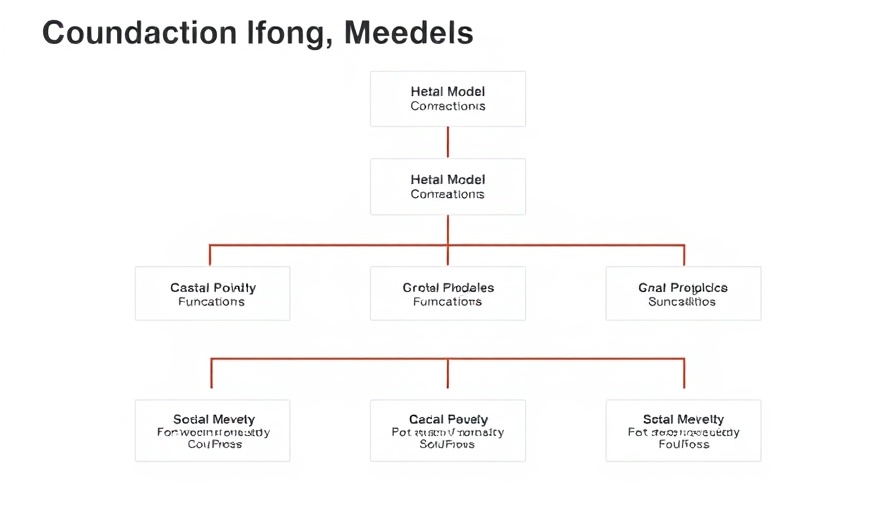
Unlocking the Power of AI: Apple's Foundation Models Framework
As artificial intelligence continues to shape the technological landscape, Apple has stepped up its game by launching the Foundation Models framework, designed to empower developers with unprecedented access to its advanced language model capabilities. This framework, featuring a staggering ~3 billion parameters, offers businesses an opportunity to leverage on-device AI directly from their applications, enhancing scalability and performance.
The Benefits of Apple's On-Device AI
The Foundation Models framework is not just about size; it's about how effectively it serves developers and, consequently, their client base. With deep integration into Swift, Apple’s programming language, the framework allows for a seamless development experience. This ease of use is critical for organizations that want to quickly pivot their products to incorporate AI without incurring excessive costs. Most importantly, the framework emphasizes privacy, ensuring that data isn't sent off-device, thus adhering to increasingly stringent data protection regulations.
Impact on Business Growth and Strategy
For executive-level decision-makers, the implications of adopting such technology are significant. By integrating on-device AI, companies can create apps that are not only smarter but also more responsive to user needs. The ability to execute AI inference directly on Apple silicon eliminates potential delays caused by cloud computing, fostering a more dynamic and interactive user experience. This real-time processing can lead to improved customer satisfaction and engagement, which in turn drives sales and facilitates growth.
Staying Ahead in AI-Driven Markets
The launch of this framework places Apple at the forefront of the AI revolution, urging companies in various sectors to rethink their strategies regarding AI deployment. The opportunity to utilize powerful AI models without the associated costs of cloud services allows for more widespread adoption of advanced technologies across multiple industries. Whether in fintech, healthcare, or enterprise automation, organizations that harness the power of Apple's Foundation Models framework may find themselves with a significant competitive edge.
Embracing Change: Actionable Insights for Decision Makers
For executives looking to capitalize on the Foundation Models framework, prioritizing the development of AI-capable applications is essential. Steps to consider include allocating resources towards training in Swift programming, evaluating current app capabilities for enhanced AI integration, and reassessing data privacy protocols to align with on-device processing capabilities. Engaging with developer communities can also provide insights on best practices and innovative applications of the technology.
Conclusion: Positioning for the Future
The introduction of Apple's Foundation Models framework is a monumental step forward in the realm of artificial intelligence. By integrating powerful language models right into the devices used by consumers daily, Apple not only enhances its ecosystem but also empowers businesses to leverage AI more effectively. As organizations continue to adapt to the fast-paced digital world, embracing these advancements will be crucial for sustainable growth.
 Add Row
Add Row  Add
Add 




Write A Comment